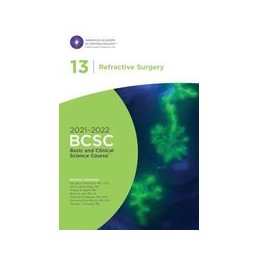- Obniżka


 Dostawa
Dostawa
Wybierz Paczkomat Inpost, Orlen Paczkę, DHL, DPD, Pocztę, email (dla ebooków). Kliknij po więcej
 Płatność
Płatność
Zapłać szybkim przelewem, kartą płatniczą lub za pobraniem. Kliknij po więcej szczegółów
 Zwroty
Zwroty
Jeżeli jesteś konsumentem możesz zwrócić towar w ciągu 14 dni*. Kliknij po więcej szczegółów
Opis
Indeks: 91487
Autor: Colin A. McCannel
Indeks: 91489
Autor: Angelo P. Tanna
Indeks: 91491
Autor: Robert W. Weisenthal
Indeks: 91490
Autor: H. Nida Sen
Indeks: 91488
Autor: Linda Tsai
Indeks: 91492
Autor: Bobby S. Korn
Indeks: 91494
Autor: M. Tariq Bhatti
Indeks: 91495
Autor: Nasreen A. Syed
Indeks: 91493
Autor: Robert W. Hered
Indeks: 91496
Autor: Scott E. Brodie
Indeks: 91497
Autor: Vikram S. Brar
Indeks: 91498
Autor: Herbert J. Ingraham
